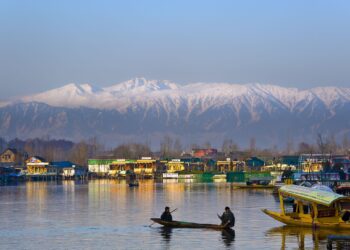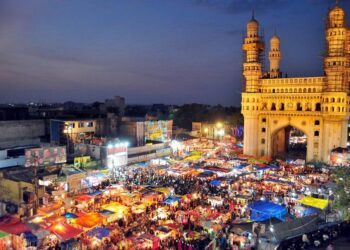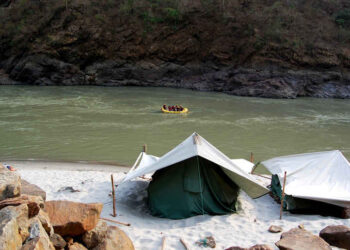The red and white apartments in the posh Subramania Bhartia Marg of central Delhi was only known to persons interested in colonial history and the architectural, cultural, political impact it had on India. However, the apartments by the name of Sujan Singh Park is getting popular for the controversy it is clouded in and not the historical significance it bears.
Sir Sobha Singh Sons Private Limited had accused the Union of India of non-payment of rent. The Union of India has possession of 13 flats, 41 servant quarters and 26 garages in the area.
On March 25, the Solicitor General of India Tushar Mehta approached the Supreme Court informing that the private firm is sending bouncers to evict the government officials from Sujan Singh Park. The Chief Justice of India, N .V. Ramana has listed the matter for hearing next week.
The Colonial History of Sujan Singh Park
Sujan Singh Park is considered the first residential apartment in Delhi. Sir Sobha Singh, a well-known builder and contractor was a significant person behind the making of imperial Delhi. The structure was first utilised as barracks by the British for soldiers during World War II. Edwin Lutyens leased the land to the people of Delhi, Singh utilised this opportunity and bought land for a lease of 99 years which ends in 2045. He had purchased land across the new Capital, from Connaught Place to Karol Bagh. Sujan Singh Park, named after Sobha Singh’s father, was one of the properties.
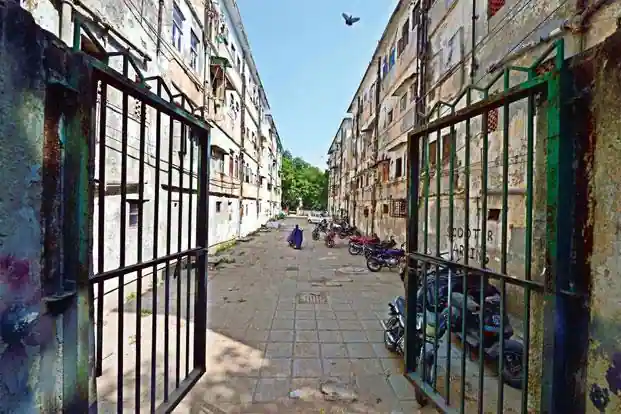
The structure was considered as a piece of mastery where Singh had provided a lift shaft in each block, two servant quarters and a garage for each flat and carpenter, electricians and plumbers. These facilities were considered way ahead of their time.
Sujan Singh Park Post Independence
The genteel structure surrounded by canopy trees and its bougainvillaeas is located at the prime property near the posh Khan Market area. Post-independence, Sobha Singh wanted to live there with his family and the idea was to have enough space for all the family to live together, but it didn’t work out according to his plans as the post-partition impact was seen in the structure. It became quarters for government employees and the flats gave shelter to the refugees fleeing their homes after the partition, that is a reason behind it is also known as a refugee colony. As the years passed it became home for the refugees, as a result only a few have returned the flats to the family

Sobha Singh divided his property among five of his children during his lifetime. Sobha Singh’s son, Brigadier Gurbux Singh was the first to take the occupancy dispute to the court. Eventually, the family expanded and became more complex. This was solved in 1990 as a board resolution which made a chart of all descendants of Sobha Singh till the fourth generation. The decision was taken that whenever a flat gets vacant possession of it will fall to whoever is at the top of the list.
Khushwant Singh’s Home
For an avid reader, Sujan Singh Park is home to an eminent author and Sobha Singh’s most popular son, Khushwant Singh. He took his last breath in the same residence at the age of 99. Apartment number E-49 is from where Khushwant Singh has written about Sujan Singh Park vividly in many of his books.
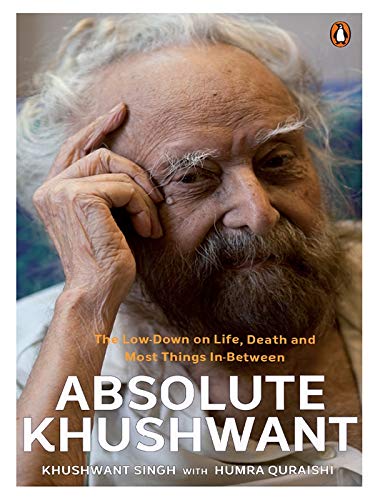
In his book, Absolute Khushwant: The Low-down on Life, Death, and Most Things In-between, Khushwant Sing wrote about the trees he have planted, “Most of the trees in my garden in Sujan Singh Park have been planted by me – kadam, kusum, a bush of gardenia, a couple of jasmines, a raat ki rani and some avocado trees.”
Sujan Singh Park looks odd in the lucrative real estate of Khan Market with its dilapidated appearance. But according to various records, it was once the epicentre of the upper caste English speaking crowd.
Also Checkout: Rishikesh: Pure Waves of Holy Ganges






